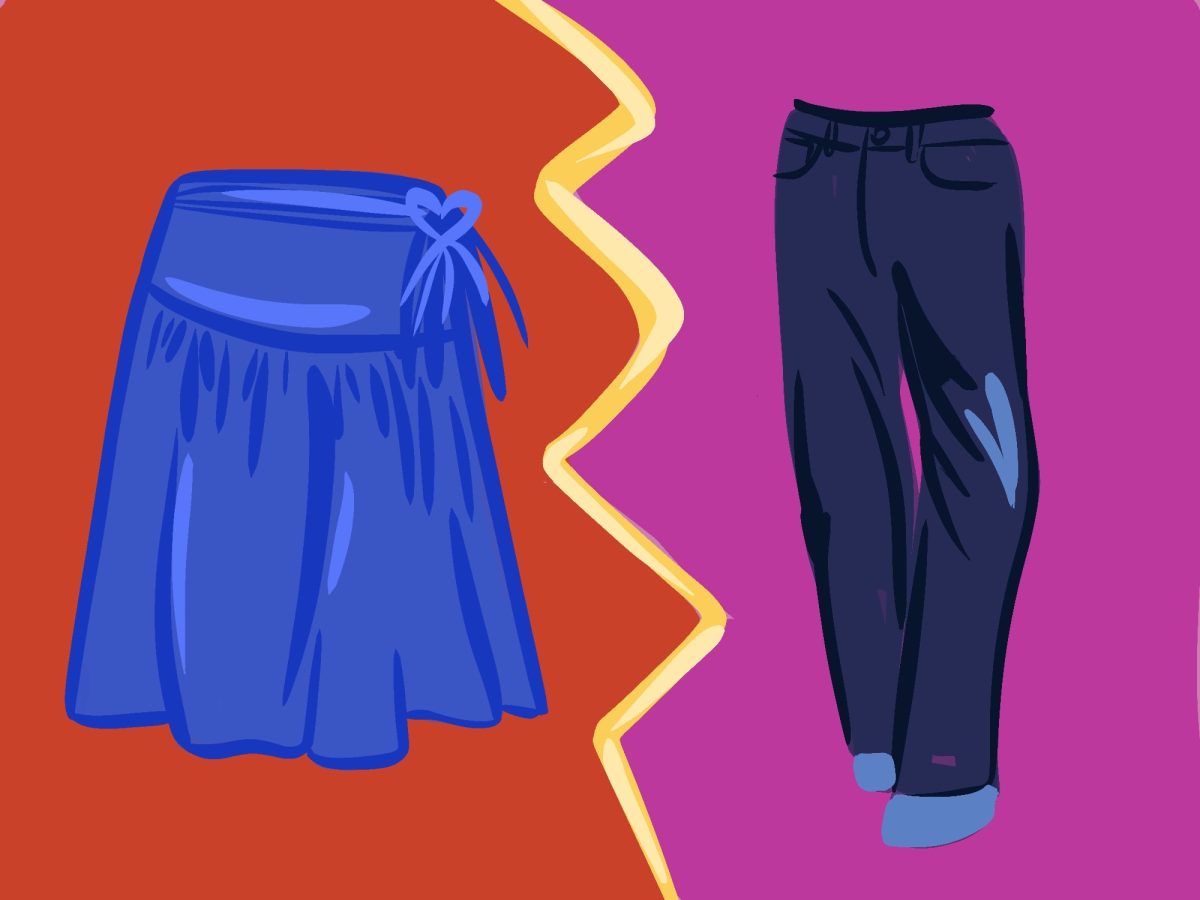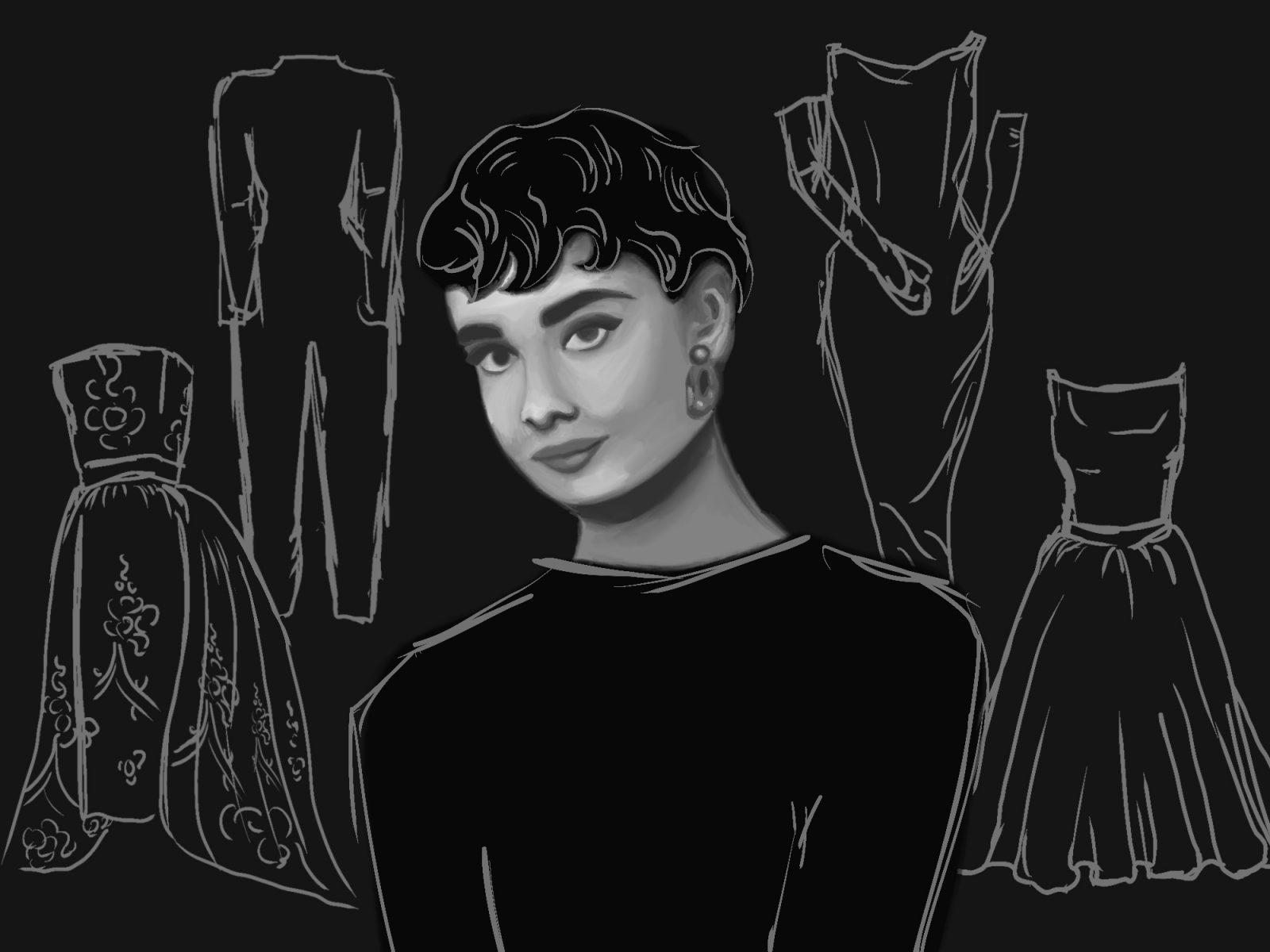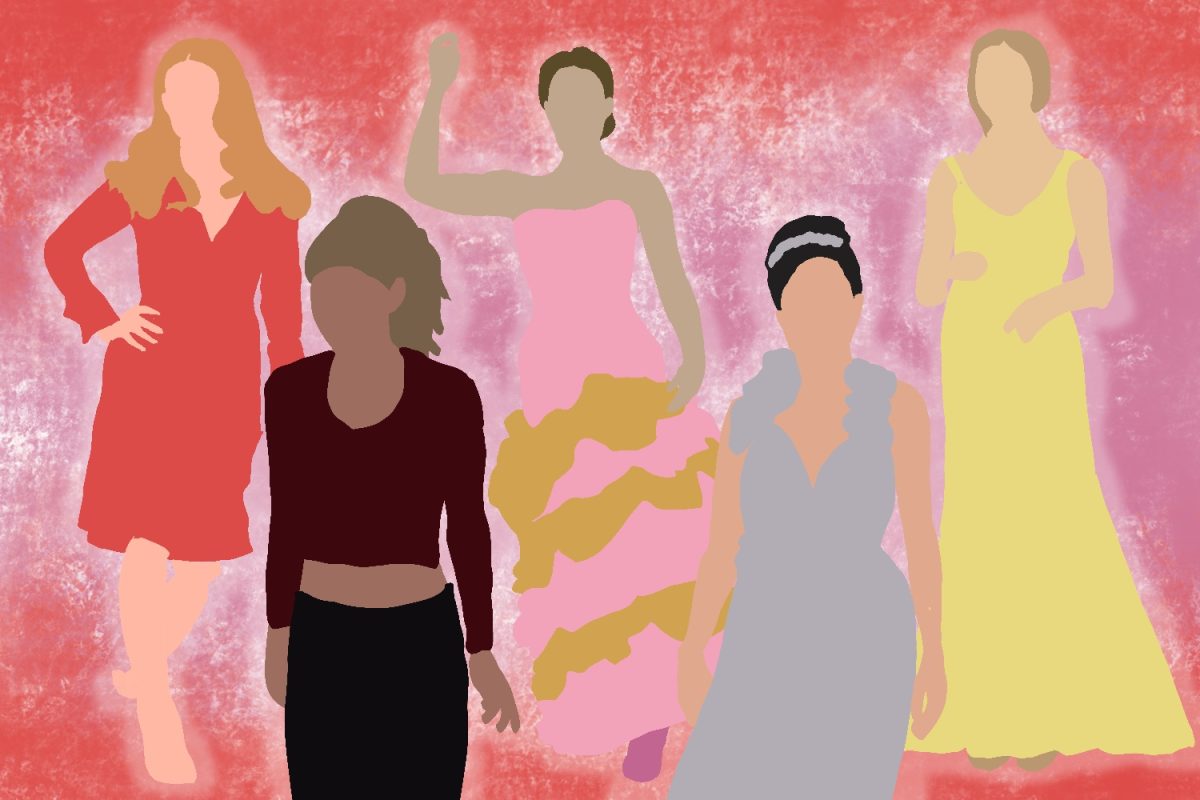After months of fluctuating weather, it seems that winter is finally settling into Boston. That means it’s time to stock up on winter clothes and begin the annual debate surrounding the ethics of wearing fur.

As a vegetarian, I’ve always been opposed to wearing fur. If I don’t support the killing of an animal for the fundamental need of eating, how do you expect me to support the killing of an animal for the sake of looking chic?
Yes, I did say fur looks chic. I may be an animal lover, but I’ve still got taste. Visually, I can’t help but understand the tantalizing appeal of soft, shiny fur. Functionally, I get it, too. I can’t deny how cozy it looks to be wrapped up in layers of what evolution has gifted to so many of our four-legged friends.
Fur has truly been around forever — and it doesn’t seem to be going anywhere. While I don’t know if I can personally see myself ever embracing fur, I feel it would be close-minded of me to look down upon fur-wearers who have obtained their fur in more humane ways.
Indigenous communities of North America have worn animal furs and skins for centuries, and many Indigenous individuals continue to make and wear furs today. In Canada, First Nations peoples were key players in the fur trade, going back as far as the early 17th century.
Unlike mass producers of fur who rely on fur farms, many Indigenous artists utilize traditional practices of making use of every part of an animal. Instead of killing an animal for its fur and discarding the rest, these artists make use of every part of the animal to sell, store or eat.
In more geographically remote areas like Alaska, the high cost of groceries makes hunting and trapping a necessity. So, using the animal’s furs and pelts for clothing and accessories is a way to reduce waste, as opposed to two separate animals being killed to serve different purposes.
However, most of the fur that comes from the mass retailers available to me here in Boston does not use these same low-waste practices. If I ever cave to the allure of fur, I’ve decided my best bet is to stick to what I know and opt for a vintage piece.
The continued popularity of fur throughout the 20th century means there are so many styles of fur ensembles to try. Plus, if it’s a vintage item, the animals that were killed to make it have been dead for longer than I’ve been alive. There’s no use crying over spilled milk — or long-deceased wildlife, I guess.
I recently made a Pinterest board to document vintage women’s winter fashion for both my personal closet curation and getting some ideas for what I want to source this winter for my small business. After spending hours scouring internet archives, I found it impossible to deny how equally cozy and glamorous the women in these images look.
Some call the fur collar wrap coat the most “iconic” coat of the 1920s. Another popular style of the decade was full raccoon fur coats, which were most commonly worn by collegiate young adults. In the ‘30s, similar styles persisted, although the financial struggles of the Great Depression greatly reduced the amount of authentic fur used in coats.
Owning their first fur coat was a rite of passage and proof of financial abundance for many women throughout the 20th century. My 89-year-old grandma still owns the receipt to her first mink coat and keeps it safely tucked away with some of her most prized possessions. I’ve never seen her wear the coat, but it’s hanging in all its fluffy glory every time she opens her front closet to show me some of her photo albums..
Fur was equally all the rage for elite fashion designers. Earlier this year, I went to the Metropolitan Museum of Art with my mom to see the Women Dressing Women exhibit at the Anna Wintour Costume Center. My jaw dropped when I saw a gorgeous cream and black House of Paquin dress from 1938. What looked like some sort of synthetic black feathers were not synthetic, nor were they feathers. They were, in fact, monkey fur.
Designers continue to use fur in their garments, although some countries are banning fur farms and organizations continue to protest against high fashion fur usage. While Indigenous peoples have demonstrated more sustainable methods of fur manufacturing, many high fashion brands like Stella McCartney and Balenciaga have simply shifted to using faux fur, a decision some have criticized on social media platforms.
For many cultures around the world, including those in the United States, fur holds some sort of significance. As a New Yorker, I’m accustomed to seeing the fur shtreimel hats worn by Hasidic Jewish men. It would feel extremely reductive to cast this off as pure cruelty or encourage them to wear faux fur when the shtreimel is a critical part of their identity.
Still, it would warm my heart to see high fashion designers keep working on switching to faux fur. If anything, it would be great to see them scale down their production size or hire Indigenous artists to help them transition to more sustainable fur production methods.
I guess you could say that when it comes to fur, the line between “right” and “wrong” is — if you’ll pardon the pun — a bit fuzzy.




























































































































Kim Salvo • Nov 21, 2024 at 10:33 am
Excellent vision of natural fur’s use in the fashion world – – an everlasting product that has withstood the test of time. As a professional furrier, I appreciate your common sense analysis of utilizing fur verses synthetic imitations. Like the conservation practices of Indigenous Peoples and of fur trappers, you should be aware that through fur farming, all parts of the animals are also utilized beyond the pelt for furs into feed, fertilizer, oil, eyelashes, cosmetics and more. The animal husbandry of fur farming allows for the populations to be controlled in breeding so there is not waste. I hope you have the opportunity to wear fur – vintage or new and enjoy it’s timelessness.